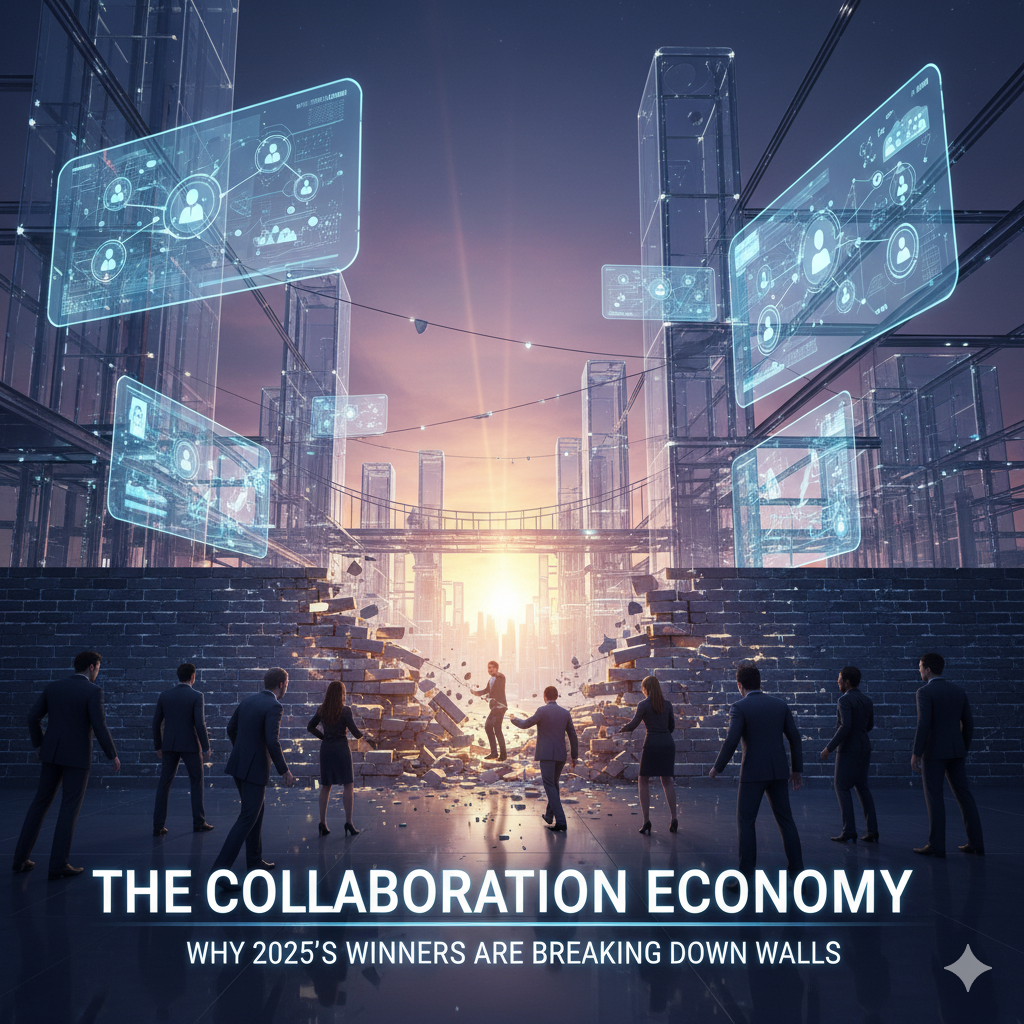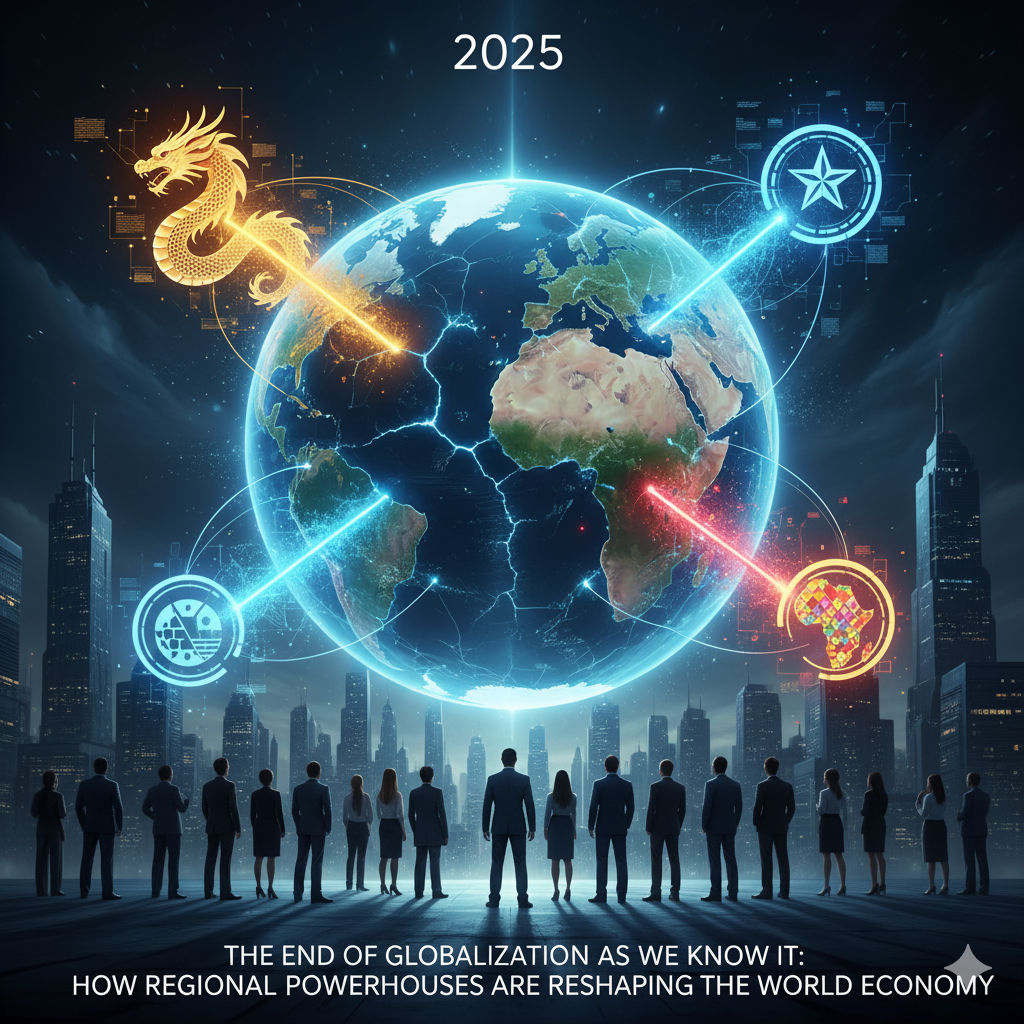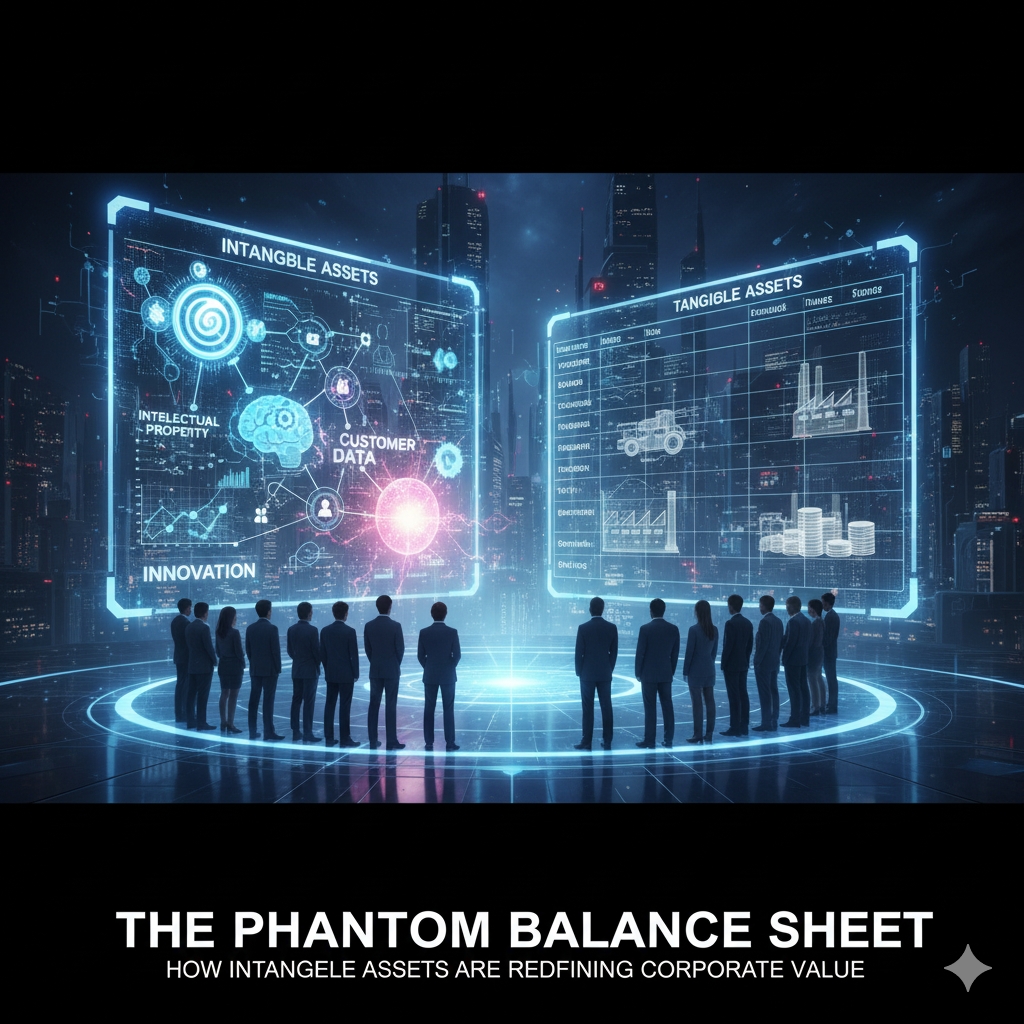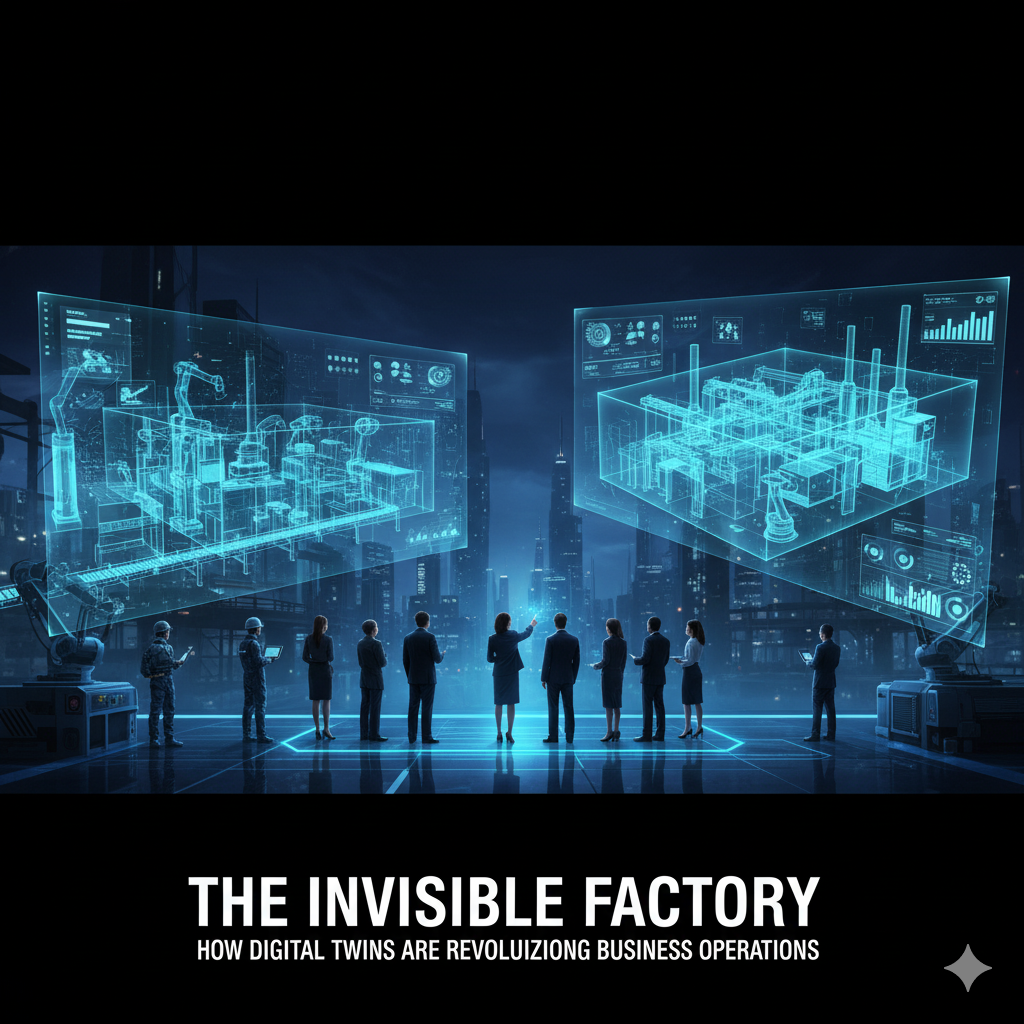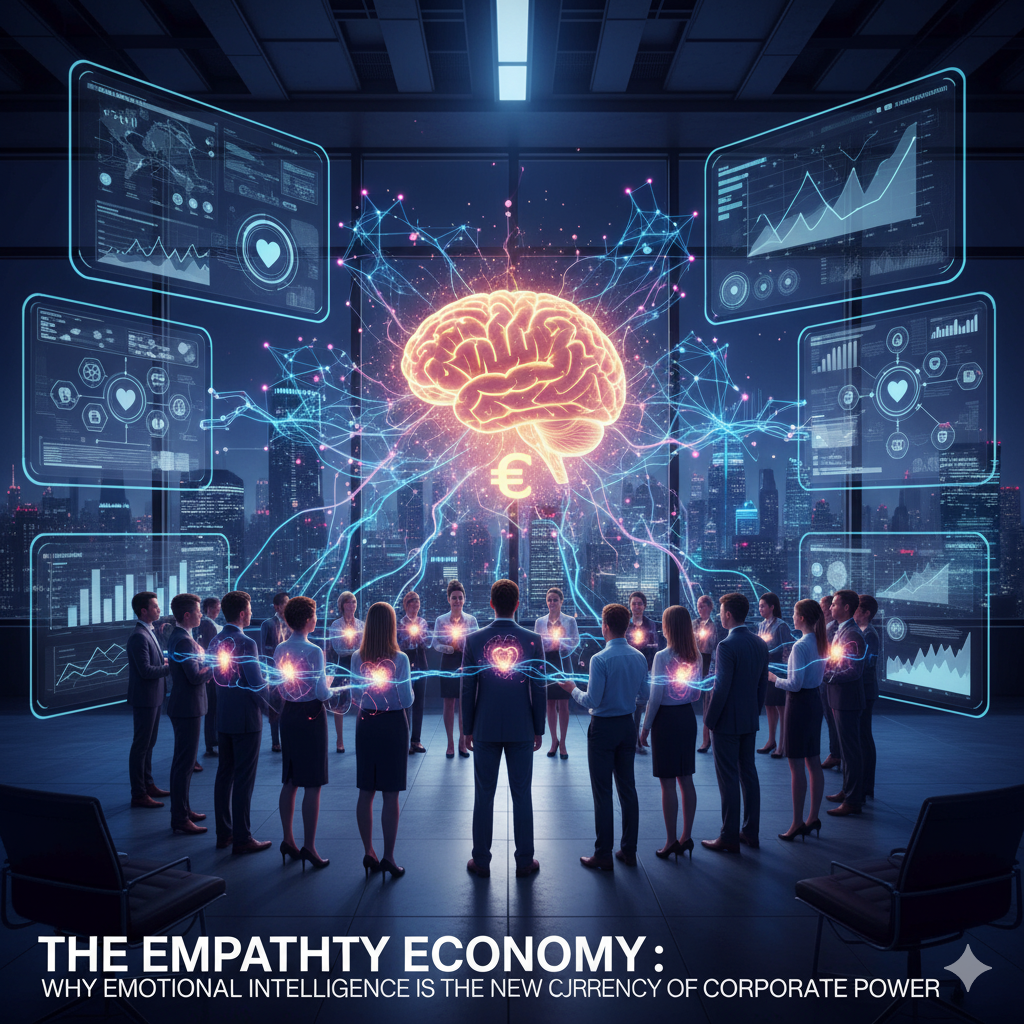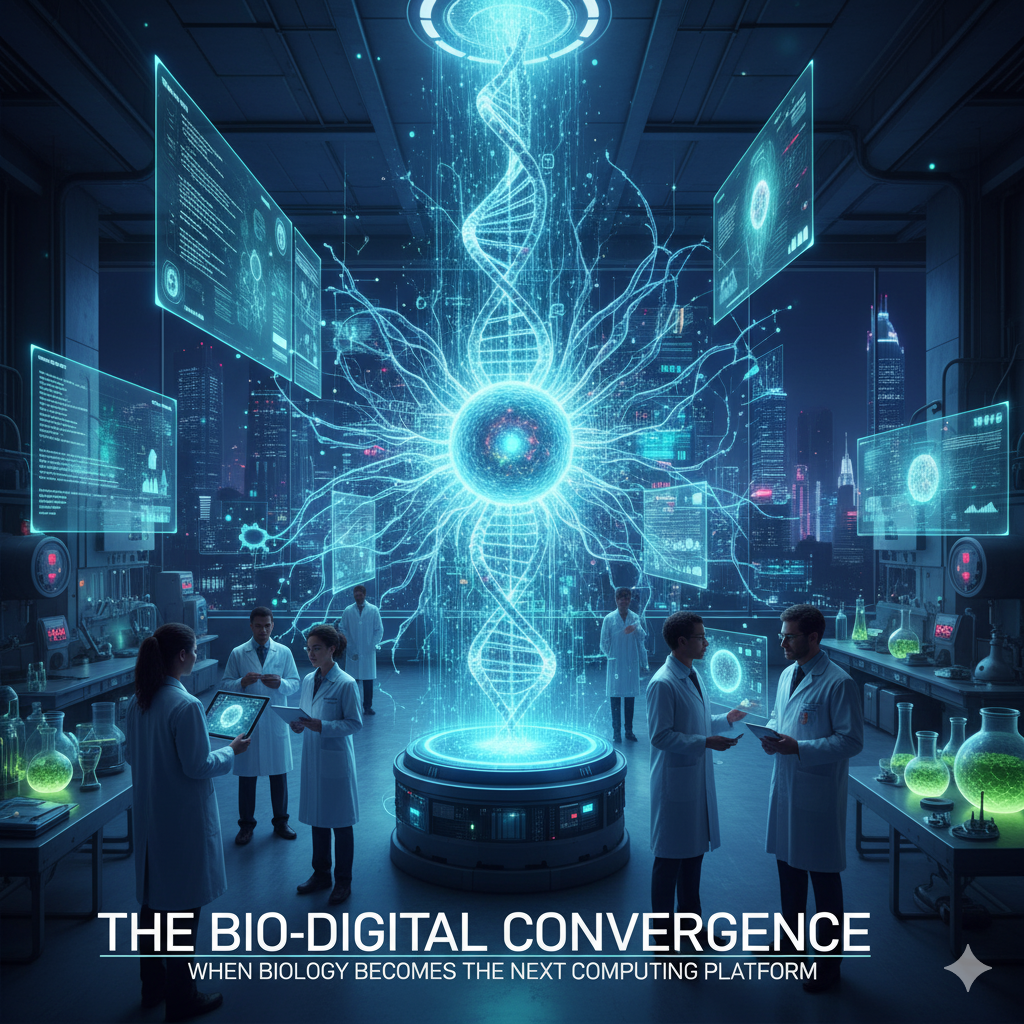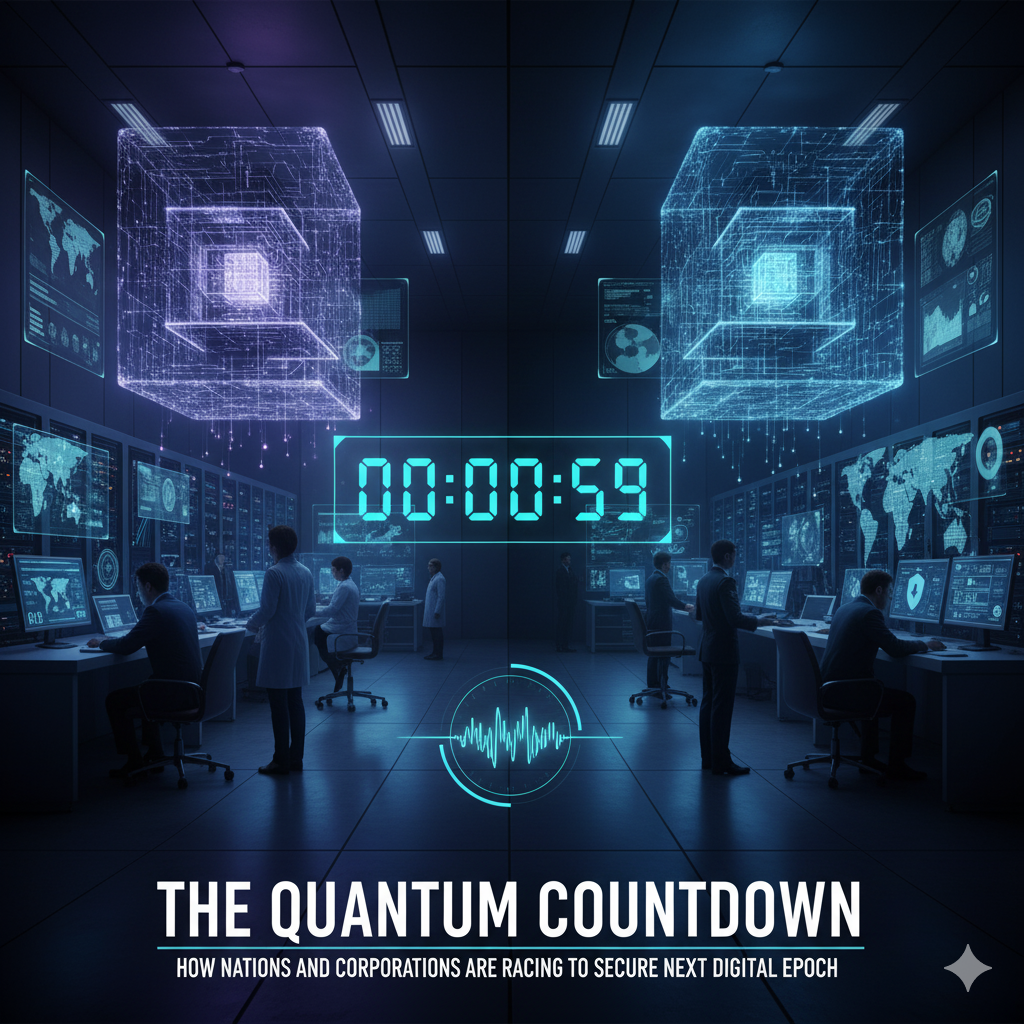For decades, the business playbook was written in silos. Companies competed in a zero-sum game, hoarding intellectual property and viewing rivals as enemies to be crushed. But a seismic shift is underway. The most complex challenges—from quantum computing to sustainable supply chains—are too vast for any single entity to conquer alone. Welcome to the dawn of the Collaboration Economy, where the most powerful competitive advantage is no longer what you know, but who you can build with.
Coopetition” – The Rise of the Business Ecosystem
This is more than simple “coopetition” (cooperating with a competitor). We are seeing the formation of intricate business ecosystems—interconnected networks of companies, often from entirely different industries, that combine capabilities to create new markets and redefine existing ones.
Example in Action: Consider the modern electric vehicle. It’s not just a car. It’s a rolling tech platform. An automaker like Ford provides the chassis and manufacturing, LG provides the battery technology, Google supplies the AI-driven infotainment and autonomous driving software, and a startup might provide the battery recycling solution. No single company “owns” the entire value chain; they co-create the final product. This ecosystem model de-risks innovation and accelerates time-to-market at an unprecedented scale.
The Three New Capitals of the Collaboration Economy
In this new paradigm, traditional capital (money) is no longer king. Three new forms of capital are emerging as the primary drivers of value:
Relational Capital: The trust, shared language, and mutual understanding built between partner organizations. This is the “social glue” that makes complex collaborations work. A company with high relational capital can form partnerships faster and with lower transaction costs.
API Capital: The value of your Application Programming Interfaces (APIs)—the digital doors through which partners can securely connect to your data and services. A company with rich, well-documented, and secure APIs is inherently more “collaboration-ready.” Think of Stripe in finance or Twilio in communications; their entire business is built on being the best partner.
Data Symbiosis: The most powerful collaborations are those where the partnership itself generates unique, proprietary data that benefits all parties. For instance, a logistics company partnering with a weather data firm can create predictive models for shipping delays that neither could develop alone. This shared data asset becomes a powerful, sustainable advantage.
The In-House Revolution: Building Bridges from the Inside Out
Adopting this model requires a fundamental rewiring of corporate structure and talent strategy. The siloed department must die.
-
New Roles are Emerging: Look for the rise of titles like “Head of Ecosystem Development,” “VP of Strategic Partnerships,” and “Alliance Manager.” These are not sales roles; they are diplomats and architects who design the very structure of collaboration.
-
Talent Mobility: Forward-thinking companies are instituting formal “talent exchange” programs with key partners. An engineer from a software firm might spend six months embedded with a manufacturing partner to better integrate systems. This cross-pollination of skills and perspectives is invaluable.
-
Collaborative KPIs: Performance metrics must evolve. Bonuses and promotions should be tied not only to individual or departmental success but also to the success of key partnership initiatives and the value generated for the ecosystem as a whole.
The Inevitable Challenges: Trust, IP, and Integration
The path to collaboration is not without its perils. The primary obstacles are significant:
-
The Trust Deficit: Sharing core data and capabilities requires a leap of faith. Robust legal frameworks, clear governance models, and a track record of small, successful pilot projects are essential to build this trust.
-
Intellectual Property (IP) Management: In a co-creation model, who owns what? The most successful partnerships pre-define IP ownership with extreme clarity, often creating new, jointly-owned entities or using licensing models that fairly compensate all contributors.
-
The Integration Quagmire: Merging different corporate cultures, legacy IT systems, and data protocols is where many collaborations fail. This is where investment in middleware, cloud platforms, and a dedicated integration team pays dividends.
Strategic Outlook & The Way Forward: Your 2025 Collaboration Blueprint
The Collaboration Economy is not a fleeting trend; it is the new operating system for global business. To thrive, leaders must be proactive and systematic.
Here is a actionable blueprint:
-
Ecosystem Audit: Don’t wait for partners to come to you. Actively map your landscape. Who are the potential “complementors” (not competitors) in adjacent industries? Identify startups with disruptive technology and large incumbents with scale and distribution.
-
Launch “Lighthouse Projects”: Instead of aiming for a massive, all-encompassing partnership immediately, start with a small, well-defined pilot project. A successful “lighthouse project” demonstrates value, builds trust, and serves as a model for future, larger collaborations.
-
Invest in Your “Collaboration Stack”: This is the suite of technologies that enables partnership. This includes API management platforms (like Apigee), secure data-sharing environments, and partnership management software (like PartnerStack). This tech stack is as critical as your HR or accounting software.
-
Cultivate an Ambassador Mindset: From the C-suite to the engineering floor, reward employees who look for external solutions, build bridges, and share knowledge. Make collaboration a core tenet of your employer brand.
Conclusion: From Fortresses to Nodes
The paradigm has irrevocably shifted. The corporate giants of the future will not be impenetrable fortresses, but powerful, highly connected nodes within a global network. Their strength will be derived from their connections, their ability to facilitate value, and their agility in forming and managing partnerships. In 2025, the question for every business leader is stark: Are you building a wall, or are you building a bridge? The future of your enterprise depends on the answer.

